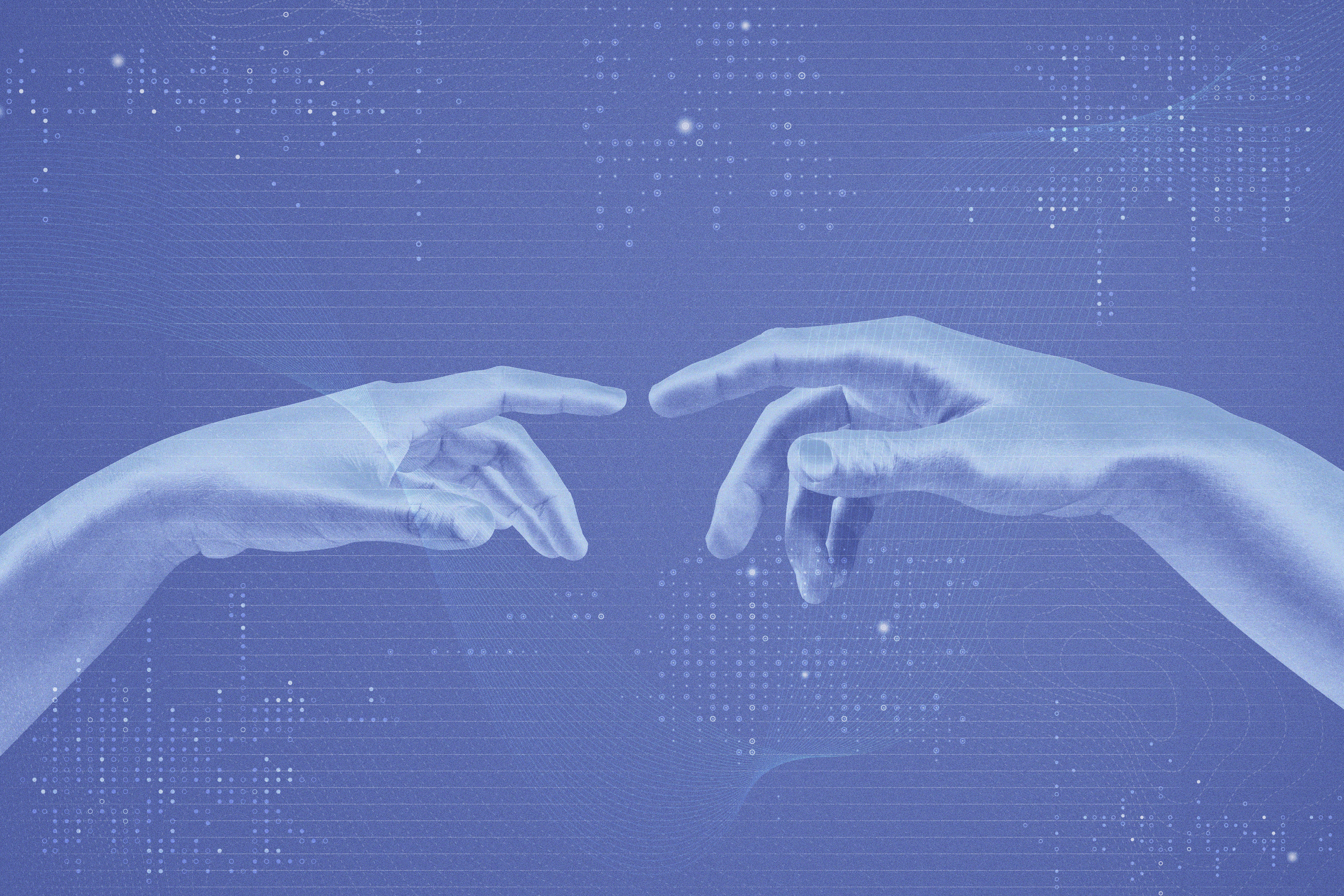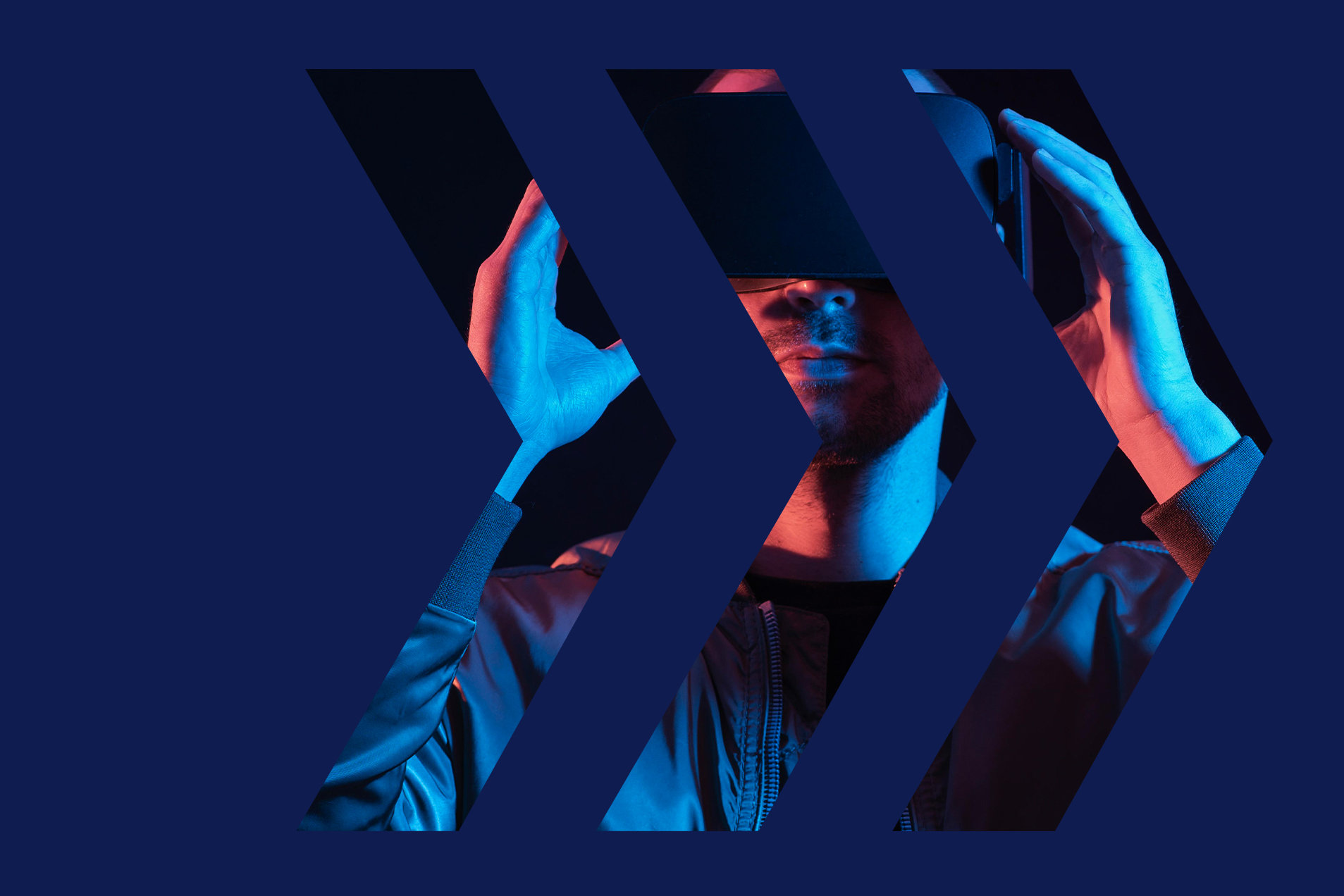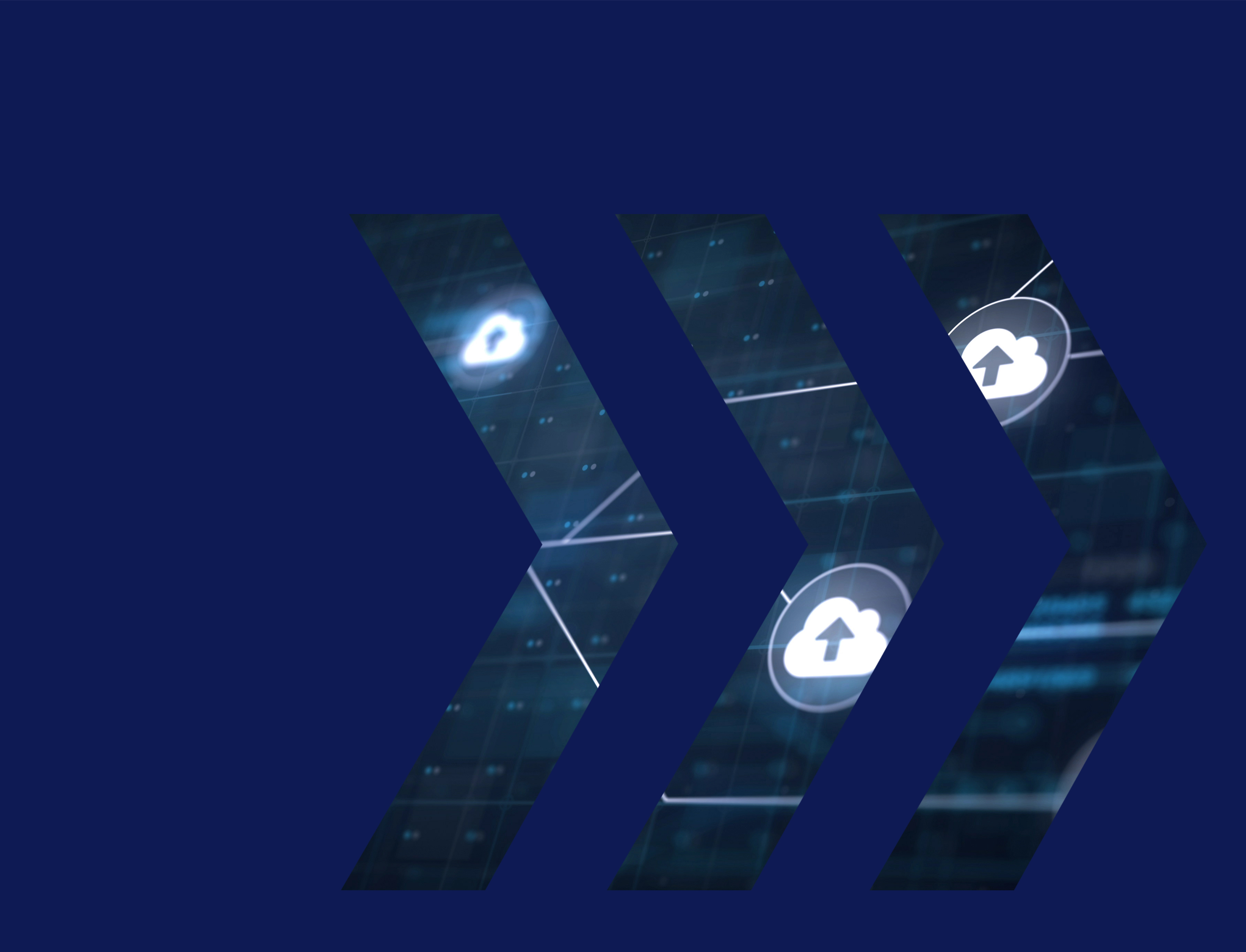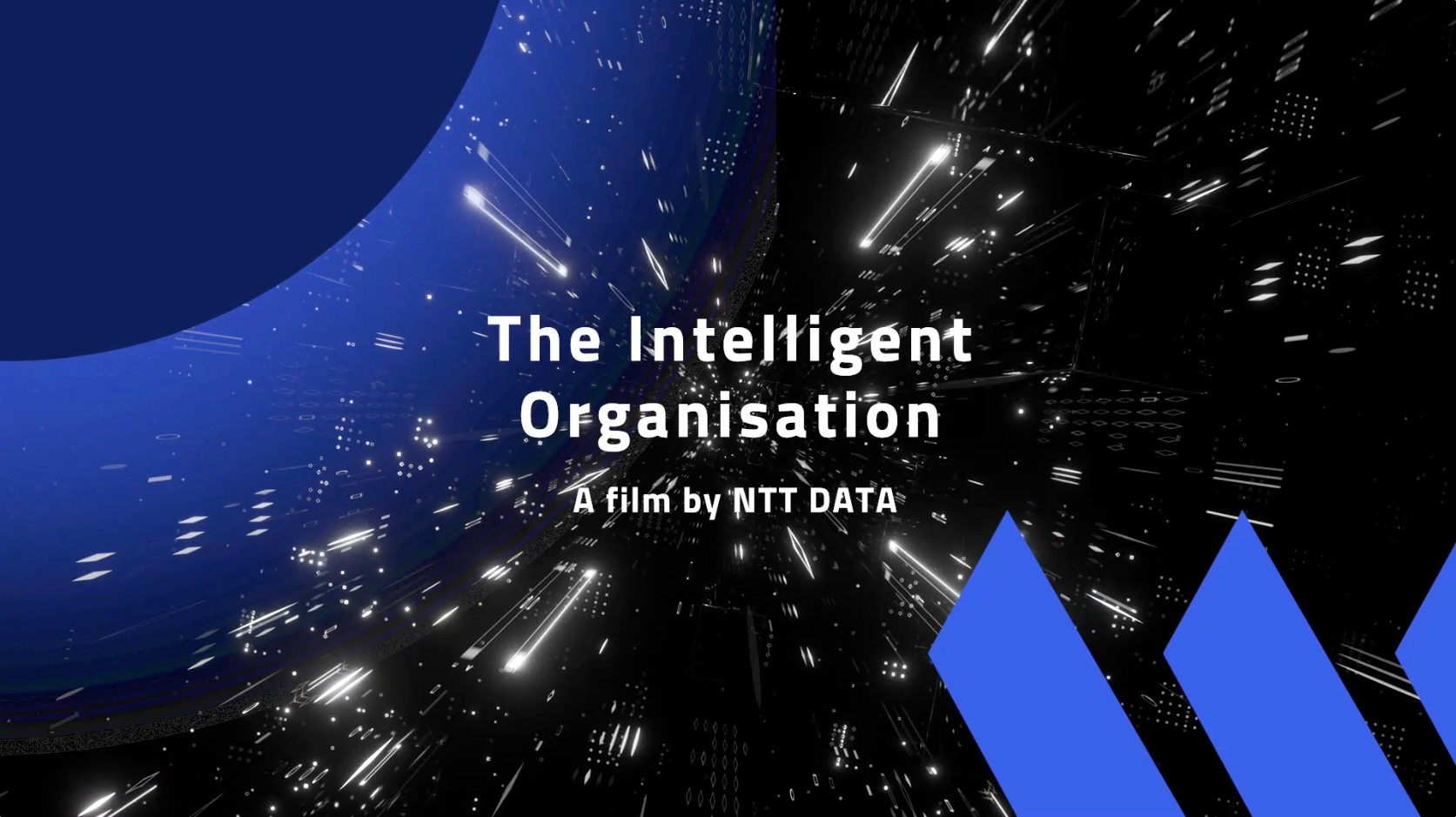
Simone Hutsch/Unsplash
Customers are, by definition, placed at the core activities of every business. And regardless of its nature, size or sector, every business struggles to better understand, approach and engage its customers. The better businesses understand their customers – their expectations and needs – the more they can nurture lasting relationships with them, relationships built on mutual trust.
From the company’s point of view, these relationships are fostered with a very clear goal: commercial success. But customers have clear expectations of the relationship too. In the hyper-connected world we inhabit today, customers expect companies not only to meet their needs, but to understand, anticipate and often exceed them. To achieve that, businesses must build data-driven, customer-centric strategies to both gain and maintain a solid customer base.
Of course, customer data is essential both to optimize the customer journey and to drive customer engagement. However, dealing with this data is often a very time-consuming and inefficient task, which prevents companies from creating the hyper-personalized, memorable experiences that clients demand. This situation can be improved by applying, in a revolutionary way, the concept of digital twinning – i.e. using real-world data to create simulations to make predictions and aid decision-making – in the customer data management domain.
From data to knowledge
Digital twins have ranked steadily as one of the most promising technologies for the past 10 years, with Accenture rating them as one of the top five technology trends in 2021. Digital twins originated in the industrial sector, where virtual replicas of physical systems (say, a factory or an engine) were created. This concept consists of three different parts: the physical product, the digital/virtual product, and the connection between the two products.
Data flows from the physical product to the digital twin, and information from the digital twin flows back to the physical environment. This concept has the potential to become the cornerstone for the creation of a virtual replica of individuals or a business ecosystem.
The connection between the physical product and its digital twin is data – data that flows from the physical product to the digital twin, and information from the digital twin that flows back to the physical environment. This concept has the potential to become the cornerstone for the creation of a virtual replica of individuals or a business ecosystem. However, it should be clear when contemplating this idea that a person is far more complex than any physical system (no matter the number of sensors or states that are needed to describe it). Therefore, an additional technology lever needs to be incorporated into this approach, namely ontologies.
The word ontology refers to ‘the nature of being’ as well as ‘a set of concepts (in a particular domain) and the relations between them’. With regard to digital twins, an ontology is a systematic, extendable model. It consists of entities, their attributes, and relationships among them. These can be used very efficiently for the representation of a knowledge domain. It is also very suitable for integrating data in a meaningful way, data that could potentially come from any source.
We can visualize this as a three-layered architecture, with the first layer (generic knowledge) enriched by two additional extensions:
- Generic customer knowledge domain (applicable to any business)
- The knowledge specific to a given industry or sector
- The client needs and business models of a given company.
In practical terms, this would mean going from generic information to much more specific information addressing business needs and specific use-cases from different business sectors.
From knowledge to practice
This combination – a digital twin approach plus ontologies – allows companies to shift from a situation where data itself is the concern, to a new one where profit-driven knowledge generation is the goal. In other words, this approach would enable the definition of strategies and, also, novel relationships with clients, based on the most advanced (and significantly richer) customer profiling and representation. Furthermore, it will allow organizations to generate valuable insights due to ground-breaking forecasting and simulation capabilities enabled by ontologies.
Practical applications for a virtual replica of a company’s customers and business ecosystem are almost limitless… testing commercial hypotheses, defining market strategies, designing new products, or analyzing personalized marketing actions – all with no risk and at no cost.
The potential practical applications for a virtual replica of a company’s customers and business ecosystem are almost limitless. For instance, we can foresee testing commercial hypotheses, defining market strategies, designing new products, or analyzing personalized marketing actions – all with no risk and at no cost.
This approach adopts the perspective of companies, i.e. of marketing executives or strategists in big organizations. Now, what would happen if we took a Copernican twist, changing the perspective from corporations to people – and let customers gain control over their digital twins?
What if we empowered them to express their consuming preferences, to nurture their virtual replica over time, to connect through their avatar with all kinds of companies in a centralized way, and to interact with other customers’ avatars?
From practice to trust
Heady as the possibilities are, we must never lose focus on keeping customers safe – both in physical and digital environments. Only through responsible, safe practices can trust be maintained between businesses and customers.
As with every system dealing with personal data, security is a crucial consideration in digital twin technology. Moreover, bias in artificial intelligence based systems is a known challenge: because AI systems are typically based on machine learning algorithms – and made by humans – prejudiced assumptions can be made during the algorithm development and, more importantly, these systems need training, so prejudices can enter into that process too.
For instance, in 2014, software engineers at Amazon built programs that review resumés of job applicants – and realized later that the system discriminated against women for technical roles. In 2019, San Francisco legislators voted against the use of facial recognition, because they believed they were prone to errors when used on women or people with darker skin tones.
The bigger picture is that the combination of digital twins and ontologies allows us to envision revolutionary spaces where individuals can express themselves and engage in fulfilling experiences.
Therefore, this solution has to be compliant by design – meaning that every legal and ethical concern or risk must be taken into consideration from the earliest conceptualization stages, and throughout product development. This will ensure that these principles are observed, embedded and interwoven into the very fabric of the product. Furthermore, legal experts need to be involved to deal with data protection issues and intellectual property matters. Those details can be ironed out, however. The bigger picture is that the combination of digital twins and ontologies allows us to envision revolutionary spaces where individuals can express themselves and engage in fulfilling experiences. A customer digital twin is an initial (and necessary) step towards the foundation of such new worlds.

















































